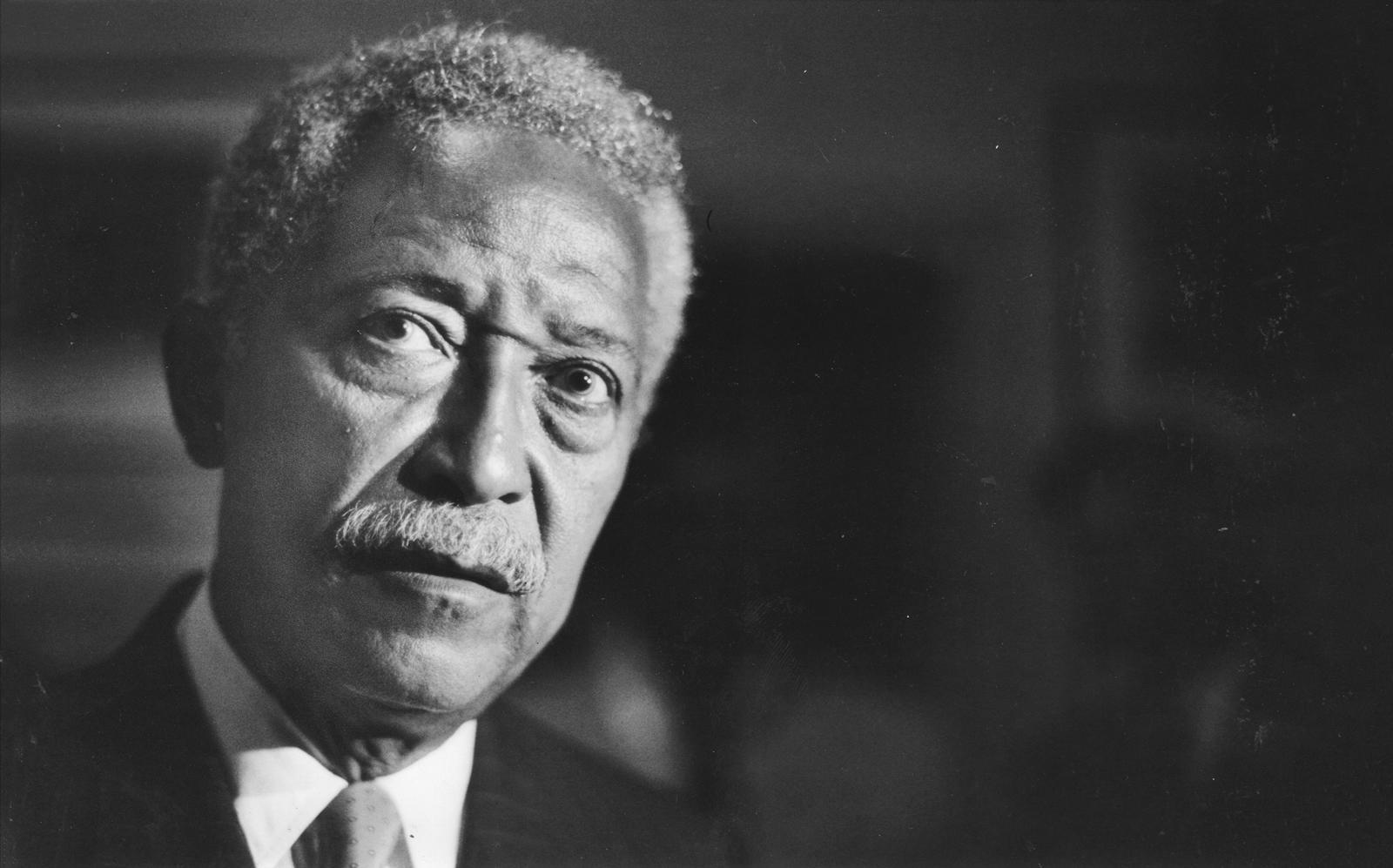Trending
Dinkins is gone, but his real estate legacy lives on
One-term mayor, dead at 93, sparked Times Square revival and housing creation

With the city gripped by recession, Mayor David Dinkins didn’t want to lose Morgan Stanley, a major taxpayer and employer, to the suburbs. In 1992, the city and state offered the investment bank nearly $40 million in tax credits and other incentives to keep its Midtown headquarters rather than move 4,000-plus employees to Stamford, Connecticut.
“That was really a turning point in keeping major businesses in the city,” said Carl Weisbrod, of HR&A Advisors, who served as the founding president of the Economic Development Corp. during the Dinkins administration.
It bolstered real estate and other sectors at a critical moment, helping build the foundation of the city’s recovery, he said.
Dinkins, who died Monday at age 93, played a key role in the city’s economic development in the 1990s. He oversaw the creation of the EDC and the revitalization of Times Square. His administration is credited with bringing Disney to 42nd Street, viewed as a catalyst for the area’s transformation.
Dinkins also brokered the U.S. Tennis Association’s 99-year lease in Flushing Meadows–Corona Park, locking in the U.S. Open, by far the top recurring spectator event in the city.
His housing legacy is often overlooked, as it largely followed a blueprint laid out by Ed Koch, the three-term mayor Dinkins defeated in the 1989 Democratic primary. But the Dinkins administration spent billions of dollars rehabbing vacant city-owned housing, and set aside apartments for homeless families, a policy that faced criticism as the number of people in city shelters continued to rise.
Felice Michetti, who was commissioner of Department of Housing Preservation and Development under Dinkins, said the mayor never received adequate credit for executing Koch’s housing plan.
“Initially there was tremendous pressure when David Dinkins became mayor to dramatically change the 10-year plan,” said Michetti, who helped create it as a Koch official. “He didn’t throw the baby out with the bath water, which I think is what made development of the plan successful.”
Dinkins made some changes to the initiative, including working with more nonprofit developers and setting aside more units for homeless and low-income families. He did so, Michetti noted, despite the city’s dire financial situation and dramatic cuts in federal funding.
Serving only one term, however, had its limitations. During his four years in office, Dinkins was unable to increase the number of development contracts awarded to minority-owned businesses to the level he had envisioned, said Kathryn Wylde, president and CEO of the Partnership for New York City.
“He worked very hard to elevate that as an issue,” she said. “That was a big challenge he faced. He had created expectations and belief that this would be their shot, and he didn’t have time to fulfill that promise.”
Dinkins lost a close election in 1993 to Republican Rudy Giuliani after being blamed for an inadequate response to racial strife and riots in Crown Heights.
Wylde said a task force on homelessness that Dinkins created when he was Manhattan borough president still serves as a “playbook for dealing with the homelessness crisis.”
Dinkins campaigned on the need to revamp the city’s shelter system and move homeless individuals out of so-called welfare hotels and into housing.
“We got pretty far along in that goal. We pressured the housing authority to take families from the shelter system. We pressured HPD to set aside more units in their rehab projects,” said Nancy Wackstein, who led the Mayor’s Office on Homelessness and SRO Housing.
“It worked for a while. We got a lot of people out of those hotels,” Wackstein said. “But the number of people started creeping up again in terms of people entering the shelter system.”
The administration faced pushback for giving priority to homeless families for public housing and renovated city properties; critics said it incentivized individuals to enter the shelter system. Opposition also stopped a plan to build new shelters throughout the city. Wackstein noted that the NIMBY dynamic, and the debate over how the city should allocate its housing, persists to this day.
“There was a robust discussion of who deserves this scarce resource,” she said. “I personally never felt that mothers with children would ever drag their children through the shelter system just to jump the line.”
But Wakestein said Dinkins’ compassion set a tone different from that of other mayors.
“He was genuinely outraged at some of the conditions at these hotels,” she said. “He really believed in treating poor people, poor families and individuals in a human and respectful manner.”




